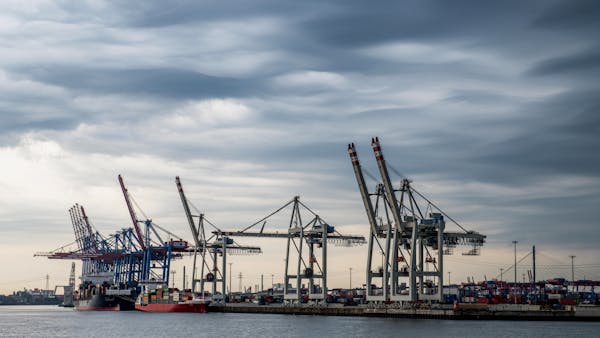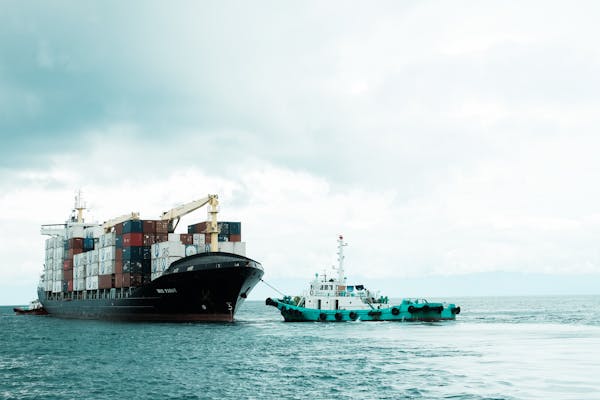Shipping Fuel Air Heaters from Guangzhou/Shenzhen, China to Port-au-Prince, Haiti: A Comprehensive Guide
Shipping Options: FCL vs LCL
Full Container Load (FCL):
- 20ft or 40ft Container: If you are shipping a large quantity of fuel air heaters, the most cost-effective and secure option may be to ship the goods in a full container load. This ensures that your cargo occupies the entire container, reducing the risk of damage and theft, while providing a dedicated space for your products.
- CIF (Cost, Insurance, and Freight): With CIF terms, the seller assumes responsibility for the costs, insurance, and freight up to the destination port, i.e., Port-au-Prince. The seller covers the transportation cost to Haiti, as well as the insurance during transit.
Less-than-Container Load (LCL):
- Consolidated Shipping: For smaller shipments that do not require a full container, LCL shipping is the ideal solution. Your fuel air heaters will be consolidated with other cargo in a shared container. While LCL is generally more affordable for smaller shipments, the drawback is a slightly higher risk of handling damage since your goods are mixed with other items.
- 35 Days Transit Time: LCL shipments generally take around 35 days for transit from Guangzhou or Shenzhen to Port-au-Prince, depending on the specific shipping route and weather conditions. It’s important to note that shipping durations may vary slightly, especially if there are delays at any intermediate ports.

Sea Freight Route: Guangzhou/Shenzhen to Port-au-Prince
The primary shipping route from China to Haiti involves sea freight, with most shipments departing from major Chinese ports like Guangzhou or Shenzhen. From there, the goods are transported via container ship across the Pacific Ocean, passing through the Panama Canal, and then entering the Caribbean Sea. Upon arrival, the goods will be discharged at Port-au-Prince (Port Prince), Haiti’s main port.

Packaging of Fuel Air Heaters
Packaging plays a crucial role in ensuring the safety of goods, particularly for sensitive items like fuel air heaters. Below are key considerations for packaging fuel air heaters for sea freight:
Protective Wrapping:
- Heavy Duty Plastic/Stretch Film: To protect the fuel air heaters from moisture, dust, and potential damage, they should be wrapped tightly in heavy-duty plastic or stretch film. This provides an extra layer of protection from the saltwater exposure during transit.
Wooden Crates:
- Secure Storage: For added protection, especially for sensitive or fragile equipment like fuel air heaters, it is advisable to place the heaters in custom-made wooden crates. These crates should be designed to fit the specific dimensions of the heaters and provide cushioning to absorb any shocks during handling and transportation.
- Vibration Protection: If the heaters are large or heavy, additional internal padding, such as foam or bubble wrap, should be added to the crate to prevent movement and vibration during transit.
Labeling and Documentation:
- Clear Marking: The crates and containers should be clearly labeled with the necessary shipping information, including the destination address (Port-au-Prince, Haiti), the nature of the goods (fuel air heaters), and any handling instructions (e.g., “Fragile,” “Keep Dry”).
- Customs Documentation: Ensure that all required shipping documents, including the commercial invoice, packing list, and bill of lading, are properly completed and attached to the shipment to avoid delays in customs clearance at the destination.
Customs and Import Duties in Haiti
It is important to factor in the customs clearance process when shipping to Haiti. Under CIF terms, the cost of customs duties and taxes at the Port-au-Prince terminal is typically included in the seller’s responsibility. However, it is essential to consult with a local customs broker in Haiti to ensure that all necessary import documents are submitted and any applicable taxes or tariffs are paid.



